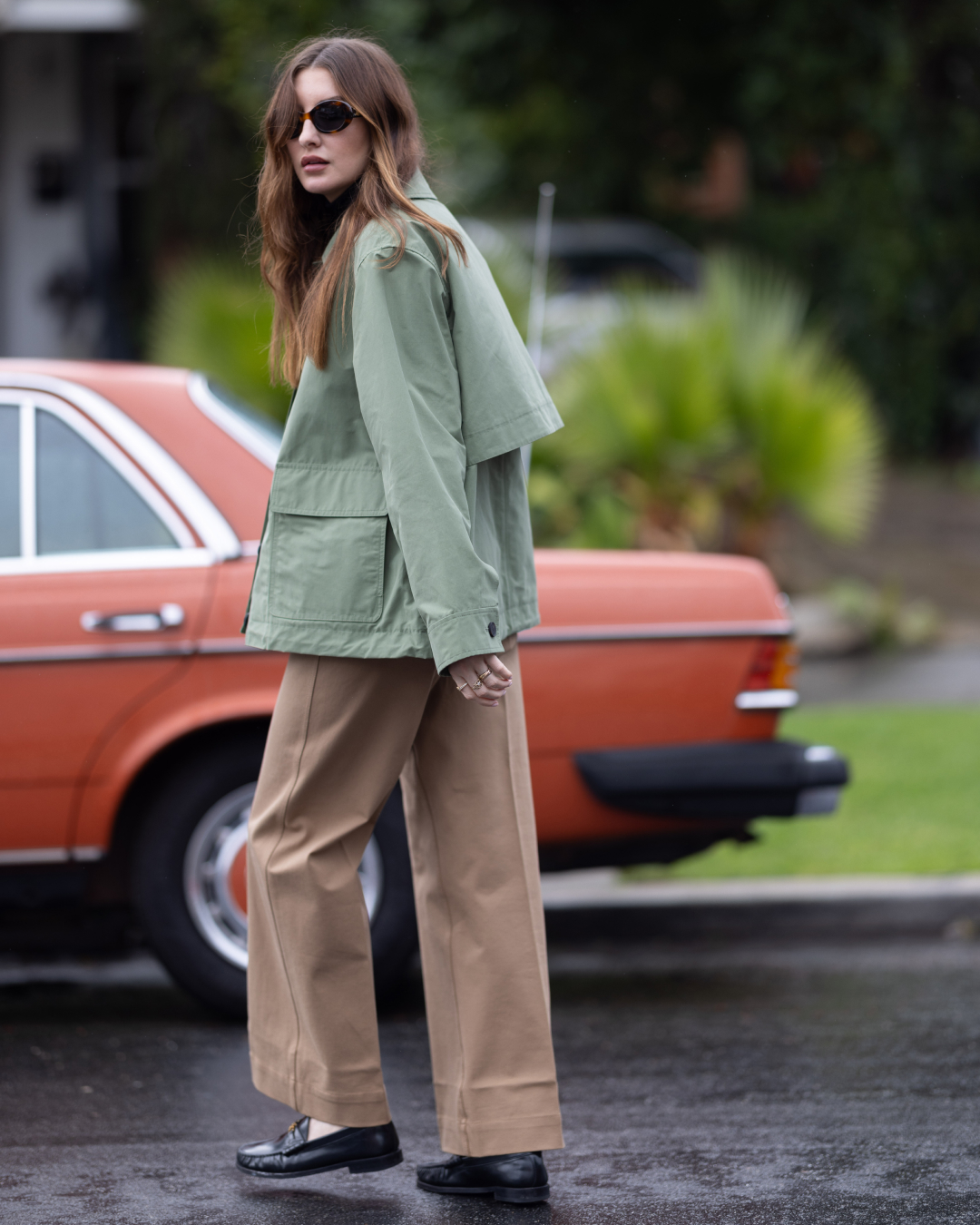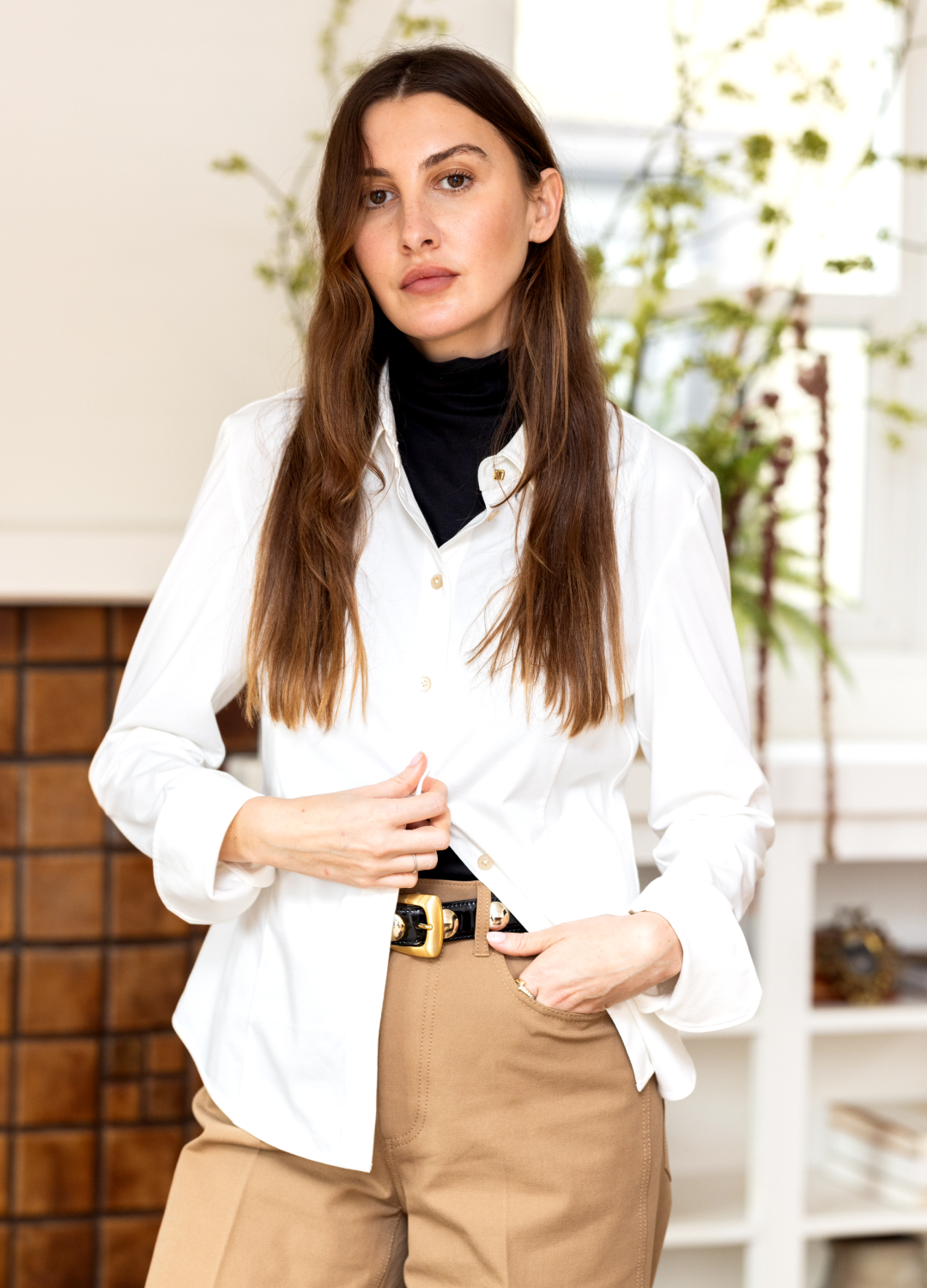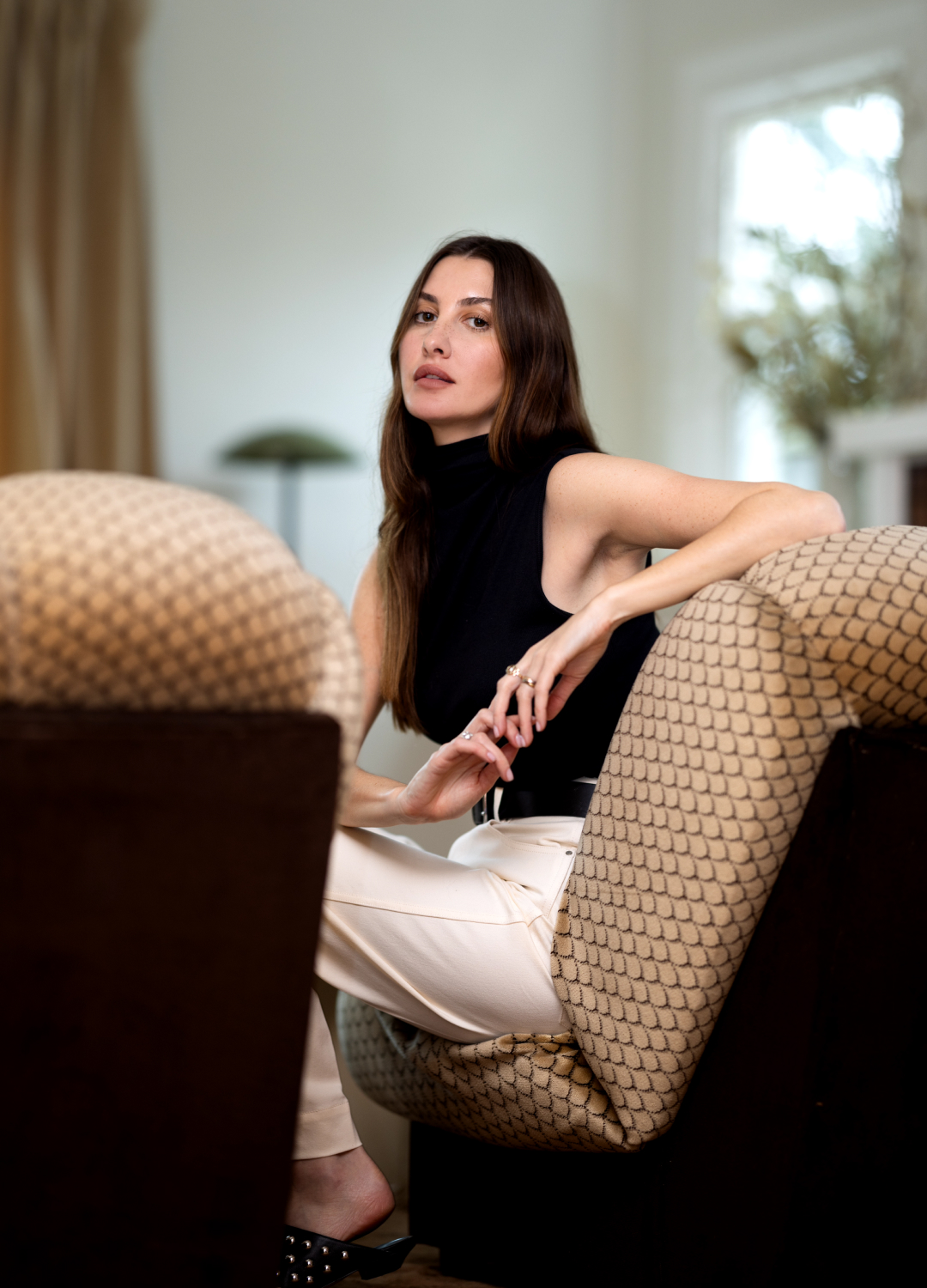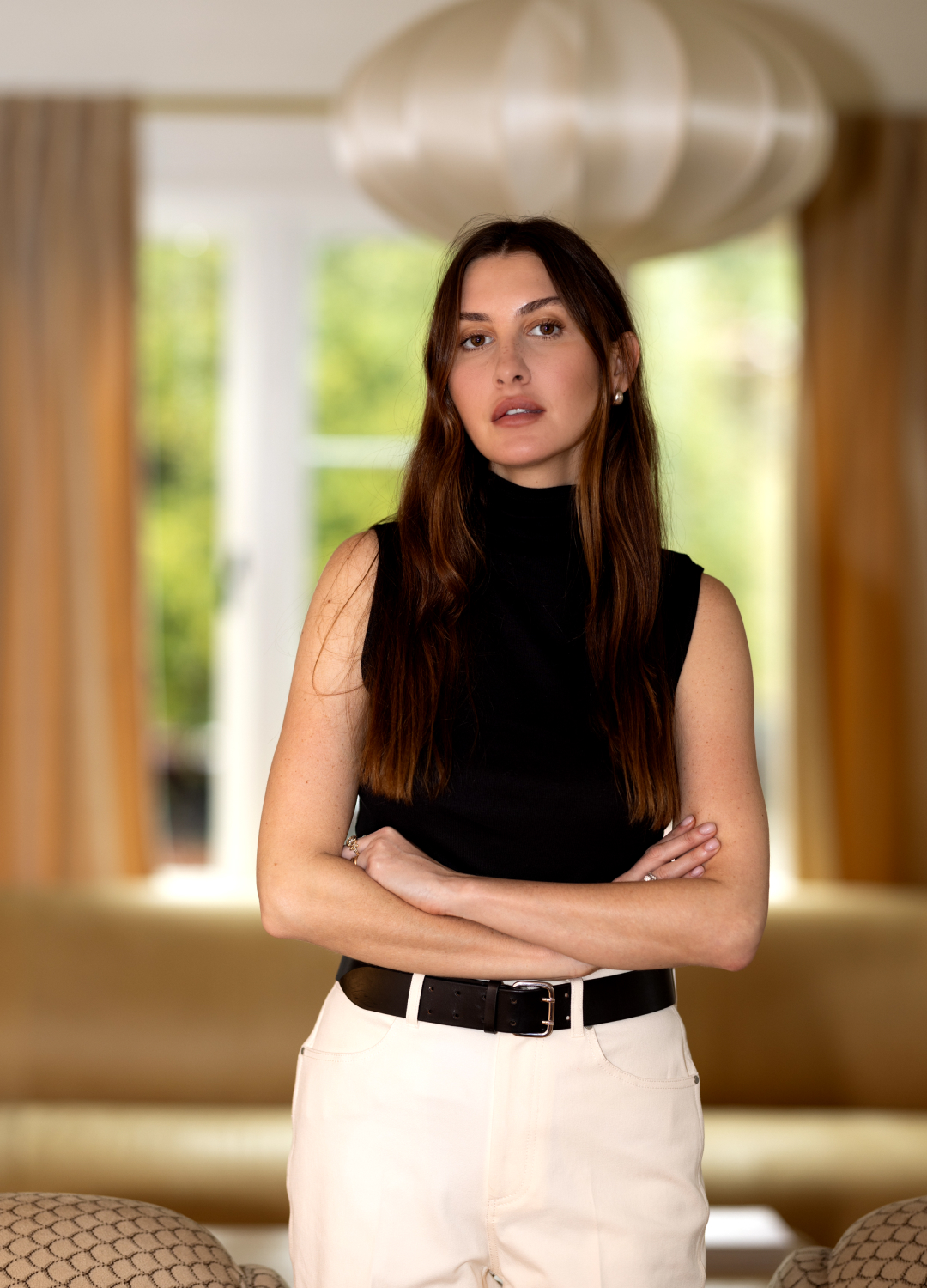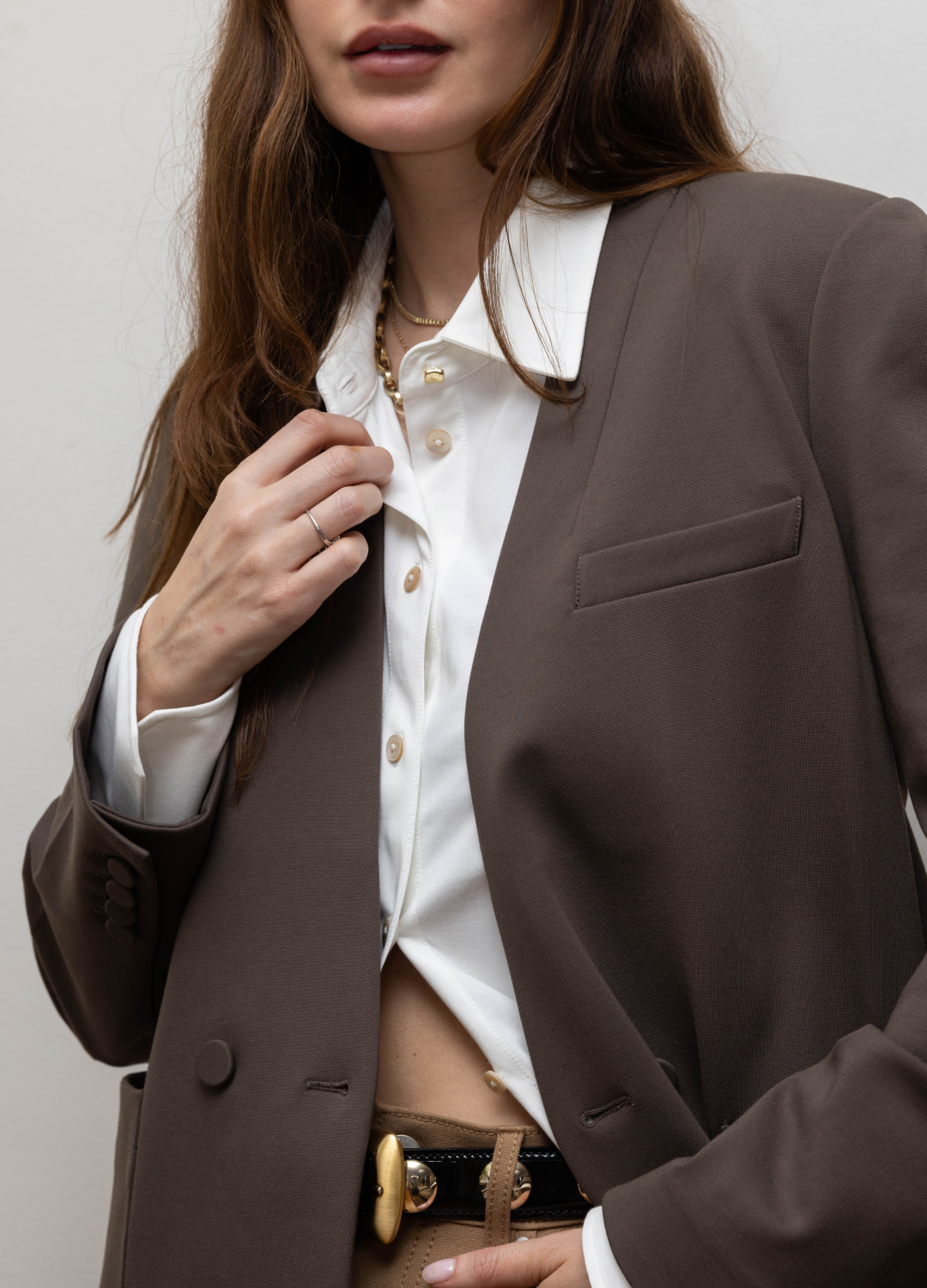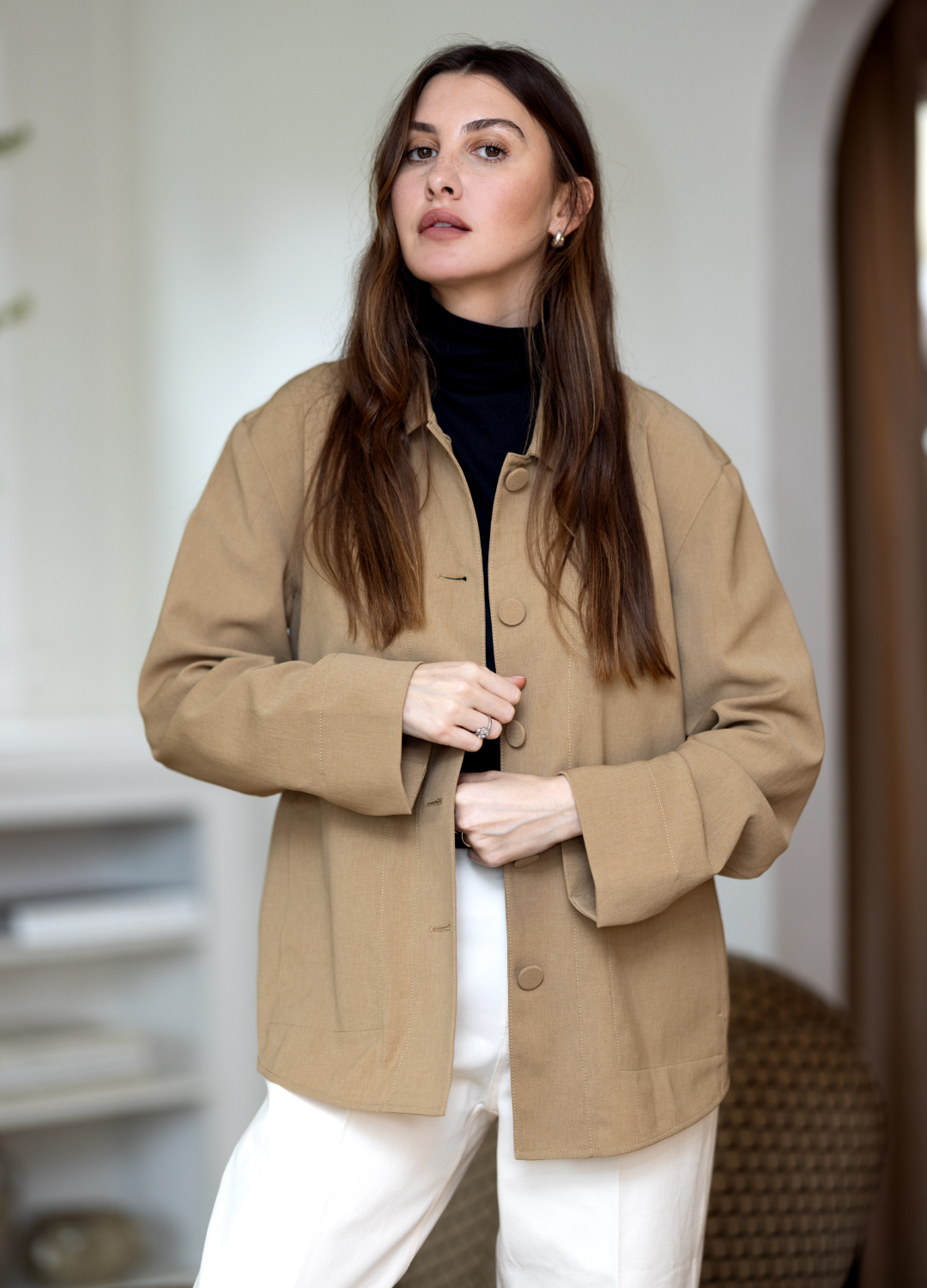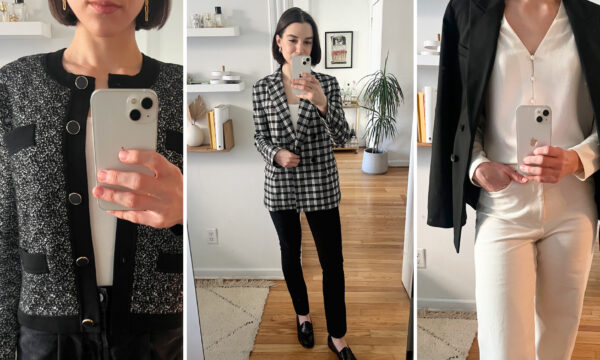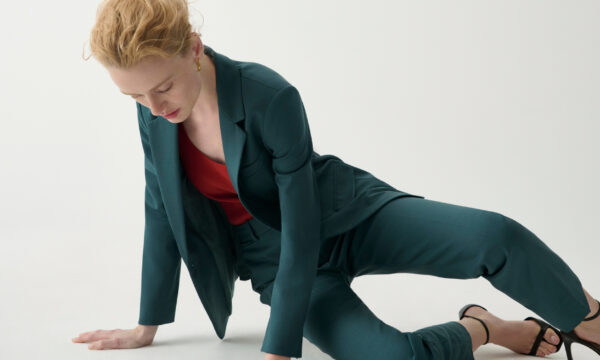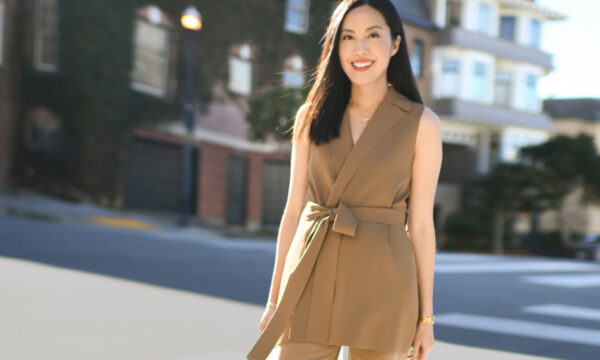According to TikTok’s Favorite Stylist, You’ve Had Personal Style All Along
You just have to define it. Allison Bornstein shows us how with her three-word method.
Allison Bornstein earned her title as “TikTok’s favorite stylist” by preaching the opposite of what most fashion influencers on the app promote. Rather than sharing links to trendy fast-fashion pieces or telling you that the silhouette you’ve worn for years is now “out,” Allison teaches her followers that true style doesn’t mean hitting “add to cart” every time a new “aesthetic” floods the algorithm.
According to Allison, good style requires time, effort, and intention. And in her new book, Wear It Well, the celebrity stylist-turned-wardrobe consultant shows readers how to define their personal style using her popular three-word method.
“I’ve heard a lot of people say, ‘I don’t have personal style,’” Allison told our founder and CEO, Sarah LaFleur, in a conversation last week. “But everybody has a personal style, because you have to make decisions about what you’re wearing—that is style. You’re making choices, whether or not you put a lot of thought into them.”
As longtime proponents of purposeful wardrobe-building, we admire Allison’s thoughtful approach to fashion. So, we asked her to curate and style a selection of M.M. pieces that encapsulate her classic, elegant, ’70s-inspired style. Shop her looks here, and read on for her full conversation with Sarah.
Want more M Dash?
Sign up for our weekly newsletter.
Thank you!
ALLISON BORNSTEIN: In New York, people dress for their whole day. They leave in the morning, and they’re not going back to their apartment until the end of the day. They layer, and they figure out functional but cool looks that truly work for their whole day. New Yorkers wear practical pieces that might seem incongruous with the rest of their look, but I think it really works, and it gives that New York texture.
Something I quite like about LA is that you can just dress for the event you’re going to. It’s very rare to go from thing to thing to thing. If I’m going to dinner, I’m dressed for dinner. If I’m going to see a client, I’m dressed to see a client.
Ever since I was little, I was obsessed with fashion, but I didn’t know what fashion jobs were out there besides designer, which I don’t think I have the skillset for. Project Runway was kind of all I knew.
When I moved to New York to go to FIT, I got an internship at Teen Vogue, and that was where I learned what a stylist was. I got to go to a photoshoot and had this a-ha moment about what I wanted to do. So I started assisting a stylist, and then I began doing my own work. I worked with some celebrities, but what I really loved was working with “regular” people.
I liked the idea of helping somebody build a wardrobe—rather than just borrowing a look from PR, wearing it, and sending it back. That’s interesting and creative in its own way, but there was something in me that was like, “Well, how else would we wear this jacket?” I was more interested in curating the wardrobe as a whole.
Yes, absolutely. That’s what excited me. Of course, it’s so fun to look at the red carpet and magazines, but I found I really liked looking at how people were dressing in real life—seeing how they put stuff together and trying to figure out what they were saying with their choices.
Everybody has to get dressed in the morning. It can be a really traumatic and not-fun process, but if we have the tools to make it exciting and joyful, we can totally change our day and our outlook.
I think that because fashion is seen as a more “female” pursuit, people don’t take it very seriously. But it’s an incredible form of self-expression. If you take out the idea of what’s “flattering” and what’s trendy—which, I know, is easier said than done—and instead look at fashion as an expression of yourself, it can be liberating.
It’s incredibly powerful. When you feel confident in what you’re wearing, you move about the world in a different way. We all know the feeling of wearing something uncomfortable, or something that doesn’t feel quite right. The entire day, you’re thinking about what you’re wearing, and that doesn’t feel empowering. But when you’re wearing something that you feel incredible in, you want to engage, and you want to be seen.
The three-word method is a way to define your style. The first word is your practical word. You find that by looking in your closet and asking yourself, “Which pieces do I wear all the time, and how would I describe them?”
The second word is aspirational, and you can find that by looking at your Pinterest board, or celebrities whose style you really like, or even just your camera roll for outfits you’ve worn and loved. Ask yourself, “What is it that I like about these outfits?”
The last word is the emotional word. Ask yourself, “How do I want to feel?” Then, figure out what you can do to elicit that emotion with your clothing.
I encourage people to talk about their three words with friends, because it’s a way of allowing yourself to be seen and acknowledging someone else for what they want to project. I think that’s really important.
Powerful can mean sexy. The way you’re describing both of those emotional words, they make sense together.
My first word is “classic” as well, because when I look in my wardrobe, it’s mostly jeans and T-shirts and sweaters. Some people think that sounds boring, like you said, but looking at clothes without the context of you as a person is something else. Wearing them and styling them brings something cool to them. My second word is “’70s,” because I love a ’70s influence in every way. And then my last one is “elegant,” because I find that I can go a little bit messy, so I like to remind myself to add some jewelry or a belt that kind of gives me a more put-together feeling.
I think the three words are a through-line to everything. Whether you’re dressed for work or the red carpet, your three words can still come through. I think that’s actually really important, so you don’t feel like you are in super-corporate or boring clothes.
Totally. I’ve had clients say, “Well, one of my words is sexy, and I work in a pretty buttoned-up finance job.” And I’ll say, “Yes, but sexy could also mean choosing a top that’s made from silk instead of stiff poplin, or a pointy-toe shoe.” It could be the textures, it could be the colors. There’s always a way to integrate your words, even if they don’t necessarily seem like they would work for a professional environment.
There are so many. First of all, it’s really fun for people who feel like they don’t understand fashion to learn why something is or isn’t working. For example, let’s say you show me something that you wear all the time but don’t love. I can help you figure out what you don’t like about it and how you can tweak it so you do.
On the other end of the spectrum, there are people who love fashion and are like, “I’ve got this. I know what I’m doing.” Those kinds of people see their wardrobe in one way. So to have another set of eyes is really fun. I had a client today who was working on styling a piece, and we realized that she thought of it as a shirt, while I thought of it as a cardigan. Neither of us was right or wrong, but it shows that you can get so much more out of your pieces just by having an extra set of eyes.
Even though there’s no right or wrong in fashion, it can be hard to feel like you’re doing a good job. To have a stylist who says, “I see you. I know what you’re trying to do, and you’re doing amazing”—that’s really helpful and validating.
Not buying stuff. I’ve found that if you challenge yourself, you can usually make do with what you have. And if you do shop, it’s about being really intentional and considered.
Exactly. That’s an investment that’s worth making—things that are made well and that you can wear a bunch of different ways, or for different occasions. That’s so valuable.
I’m a freak for fashion, so I love trends. But before I buy something, I always ask myself, “Does this fit in with my three words? Does this help me achieve what I’m trying to achieve?” When I’m working with clients, I challenge them to ask themselves, “If other people weren’t wearing this, do I like it enough to keep wearing it?” If the answer is yes, then that’s something great to add to your closet. And if the answer is no, then maybe not.
The Milo jeans are so good. They’re really comfortable, and I like that they look structured and keep their shape but feel stretchy. The length was also really nice, and it felt like a good denim-trouser hybrid.
I also loved the Ness jacket—it has a little bit of a military-jacket vibe, but with a slight ’70s twist. It felt like a cooler, updated version of a classic.
And then, of course, all the blazers were amazing. I especially loved the Janette jacket in ash—the color was really nice.
She does an amazing job. Incorporating those in-between colors makes the outfit feel so rich.
Speaking of things that are in-between, I also really loved the Avelyn top. I was able to style it as both a shirt and a jacket, tucked in and untucked. It looked so cool both ways, and liked that it had all of those functions.
First of all, trust yourself. Fashion is an art—it’s subjective.
It’s also about recognizing that fashion takes work—it’s not effortless. When you look at people on social media, it’s easy to think, “Oh, it just comes easily to her. She’s just fashionable.” And that’s not true. They’re analyzing what they wear, and it takes a lot of work.
A lot of women are already doing a million things, and figuring out your style can feel like one more thing to do. But if you take the time to really analyze what you like and find your three words, it’s worth it. At the end of the day, just know that it doesn’t come easy to anyone. There’s some relief in realizing that.
*Exclusions apply. Terms and conditions.





